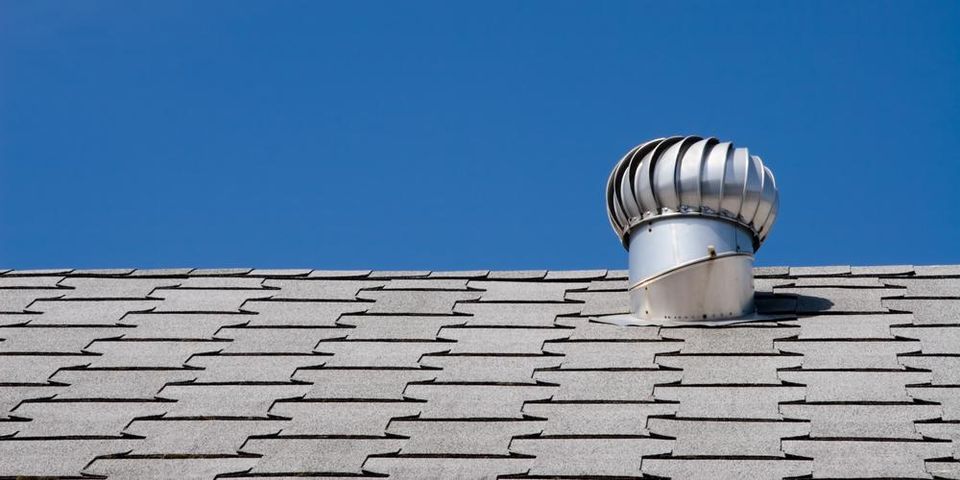
Since heat rises, the attic of a home or the space immediately below the roof in a commercial building tends to become very hot. This can make the rest of the structure uncomfortably warm and produce higher AC bills. However, you can combat this heat collection with solar fans. If you’re unfamiliar with these devices, here are answers to a few questions about solar fans.
What to Know About Solar Fans
How do they work?
Solar fans are powered by small, photoelectric panels that transform the sun’s rays into an electric current. The current powers the fan with no need for a connection to a household electrical system. Most units feature an attached thermostat that turns the fan on and off at a preset temperature.
What are the benefits?
The fan aids circulation in hot areas by venting the warm air out and drawing cool air in. As a result, the indoor temperature will be better managed, and you won’t need to run the AC as frequently. This will translate to lower utility costs and a reduced risk of experiencing an HVAC issue.
Does a solar fan qualify for tax credits?
 To encourage installation, the U.S. and Hawaii state governments offer tax credits that reduce the cost of solar fans. As of 2020, the federal credit amounts to 26% of the cost of installation with no cap. State credit amounts to the lesser of $2,250 or 35% of the installation cost.
To encourage installation, the U.S. and Hawaii state governments offer tax credits that reduce the cost of solar fans. As of 2020, the federal credit amounts to 26% of the cost of installation with no cap. State credit amounts to the lesser of $2,250 or 35% of the installation cost.
Why doesn’t the fan work at night?
Since solar fans are programmed to run when it’s hot, they won’t operate during the evening’s cool nights. Additionally, these devices run on solar energy, so there’s no sun to power the device once the sun sets. The nighttime shutdown also extends the fan’s life span.
If you want to have a solar fan installed on your home or commercial building, contact the team at My Roofing in Kaneohe, HI. These professionals have provided roof additions, like solar fans and skylights, throughout Oahu for over 35 years. View their services online, or call (808) 352-7272 to request a free estimate.
About the Business
Have a question? Ask the experts!
Send your question

